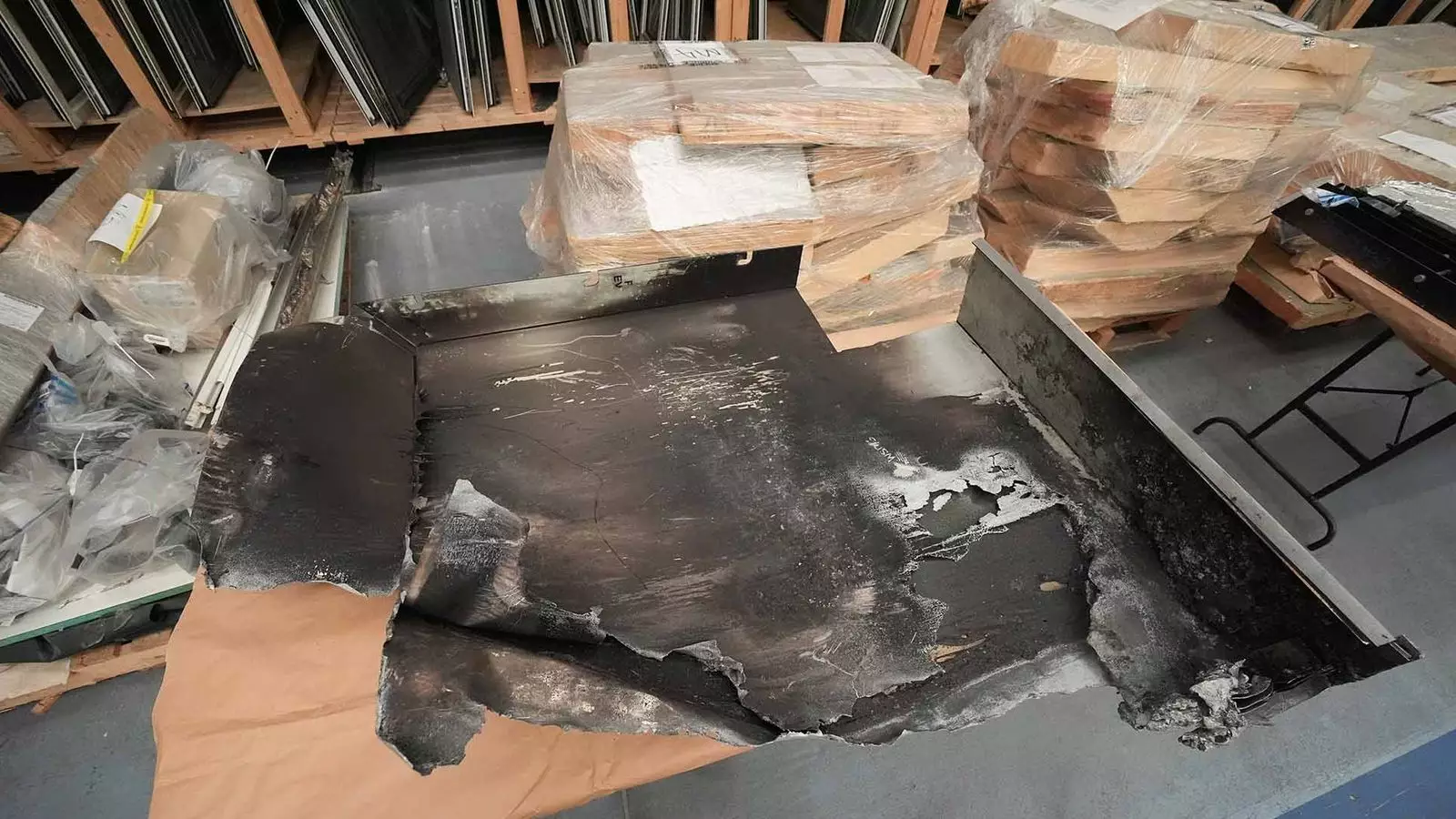The ongoing cladding crisis in the UK has raised pressing concerns regarding the safety of thousands of residents living in high-rise buildings. With estimates ranging from 9,000 to 12,000 structures requiring urgent remediation, the financial burden to make these homes safe reaches an alarming £16 billion. However, the National Audit Office (NAO) reveals a staggering reality: over 7,200 buildings have yet to be identified, leaving residents vulnerable and anxious about their safety. As the fallout from the Grenfell Tower tragedy continues, the struggle to address dangerous cladding has gone far beyond the immediate repercussions of that devastating event.
The Grenfell Tower fire, which tragically claimed 72 lives, acted as a catalyst for significant scrutiny regarding building safety in the UK. Yet, seven years on, the pace of remedial action has been painfully slow. The NAO’s latest report highlights that of the identified buildings requiring work, only 50% have embarked on remediation processes, placing countless residents in a prolonged state of uncertainty. The emotional and financial distress that residents endure is profound; many face steep increases in service charges due to surging insurance premiums, difficulties obtaining mortgages, and even barriers to relocation.
While the Building Safety Act 2022 alleviates some financial responsibility from leaseholders, it does not eliminate the anxiety that accompanies living in potentially hazardous conditions. In fact, many residents are caught in a complex web of escalating costs, including “waking watches” that can average £104 per month per household. Such ongoing expenses continue to compound the financial strain on families who are already dealing with the tangible impacts of living in unsafe buildings.
Despite the government’s acknowledgment of these issues through the establishment of a funding cap of £5.1 billion, the NAO warns that this target is fraught with challenges. Delays in financial contributions from developers add another layer of complexity. With expected payments from developers not anticipated until the following autumn, the timeline for remediation efforts remains vague and tentatively far off.
The NAO emphasizes the necessity of setting clear deadlines for remediation to ensure residents are not left indefinitely under the specter of danger and increased costs. Timely action is critical; the projected completion date for necessary cladding work is set for 2035. However, the NAO’s findings suggest that meeting this timeline will require significant adaptations and a renewed focus on accountability for developers. As Gareth Davies of the NAO notes, a more balanced approach to remediation could safeguard taxpayer resources while simultaneously addressing the urgent needs of residents.
The cladding crisis is not merely a bureaucratic issue; it represents a profound failure to ensure the safety and peace of mind for thousands of individuals and families who inhabit these vulnerable buildings. Prompt action and decisive leadership are essential to honor the lives lost in Grenfell and restore confidence in the safety of homes across the nation.

Leave a Reply